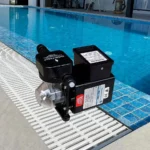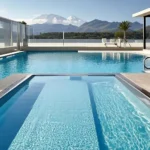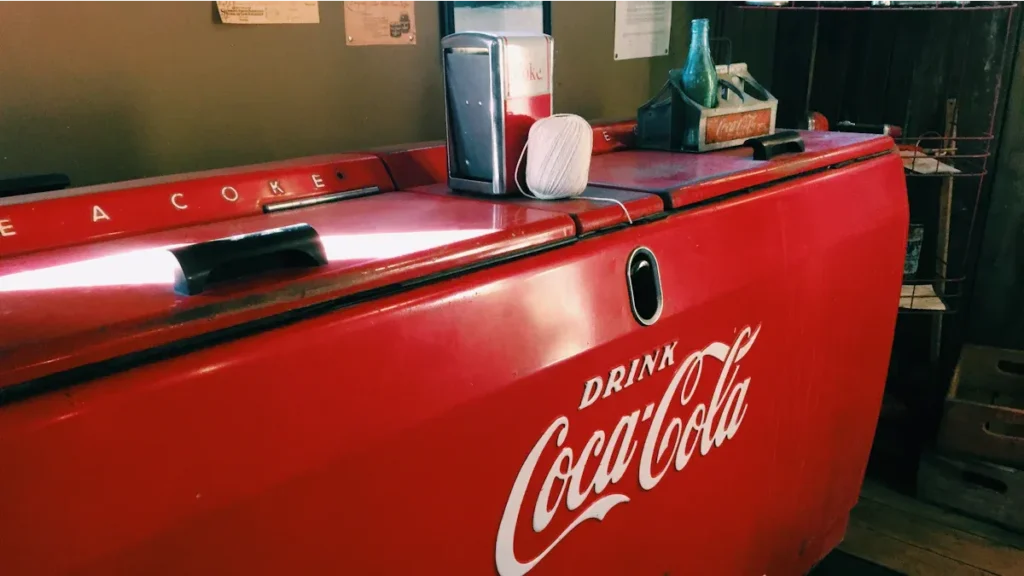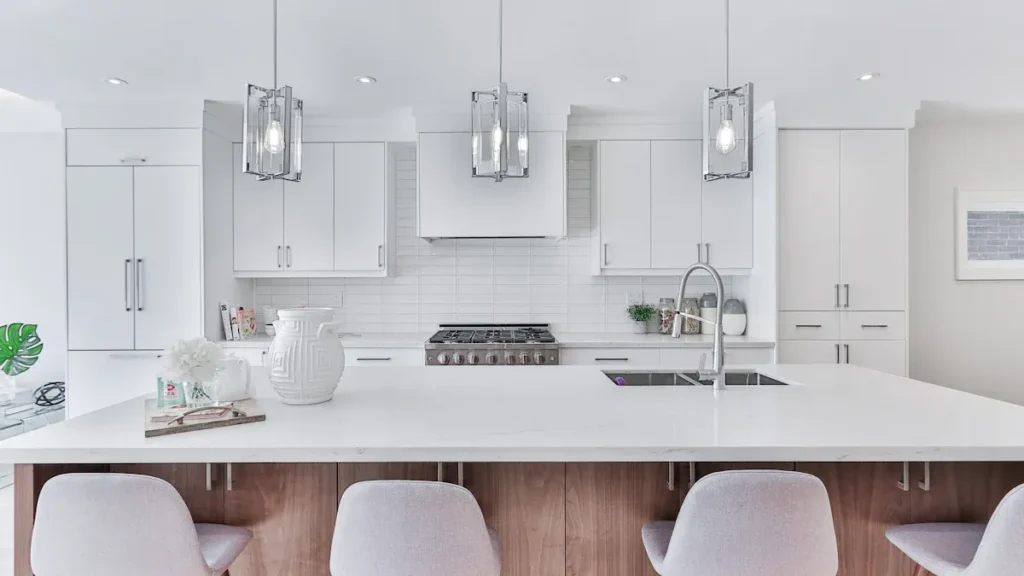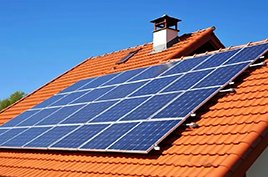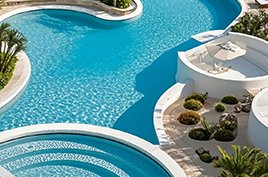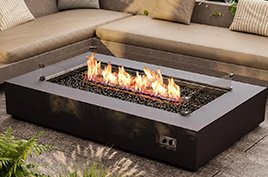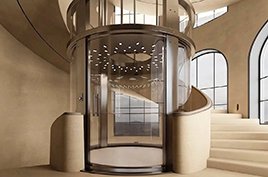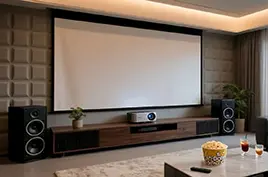Maintaining a clean and safe swimming pool requires more than just occasional chlorine tablets. A well-designed swimming pool disinfection system ensures crystal-clear water, protects users from harmful bacteria and algae, and prolongs the life of your pool equipment. Whether for a private villa pool, a commercial resort, or a public swimming facility, implementing a reliable, automated disinfection solution is essential for consistent water quality and hassle-free operation.
In this guide, we explore the key components of a modern swimming pool disinfection system, including monitoring instruments, chemical dosing pumps, salt chlorinators, water treatment additives, advanced disinfection equipment, and chemical feeders. These technologies work together to deliver an efficient, safe, and sustainable pool sanitation experience.
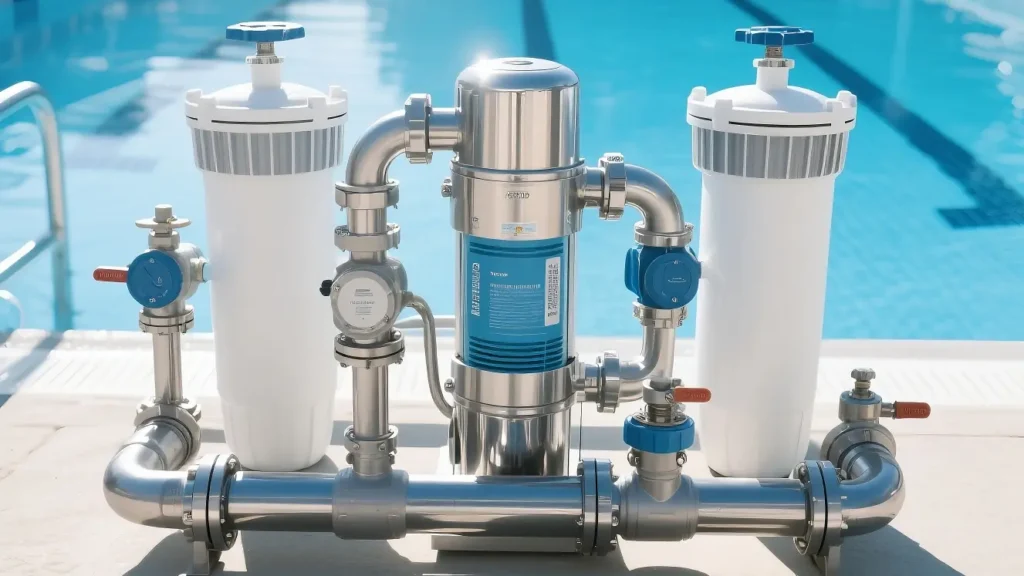
Why Is a Pool Disinfection System Necessary?
Swimming pools are constantly exposed to organic contaminants—such as body oils, sweat, sunscreen, dust, and leaves. Without proper disinfection, these elements promote the growth of harmful microorganisms, algae, and bacteria, posing health risks to users. Moreover, inconsistent chemical levels can damage pool surfaces, clog filters, and reduce equipment lifespan.
A complete pool disinfection system automates the process of monitoring, adjusting, and maintaining water chemistry, ensuring optimal hygiene while saving time, labor, and long-term maintenance costs.
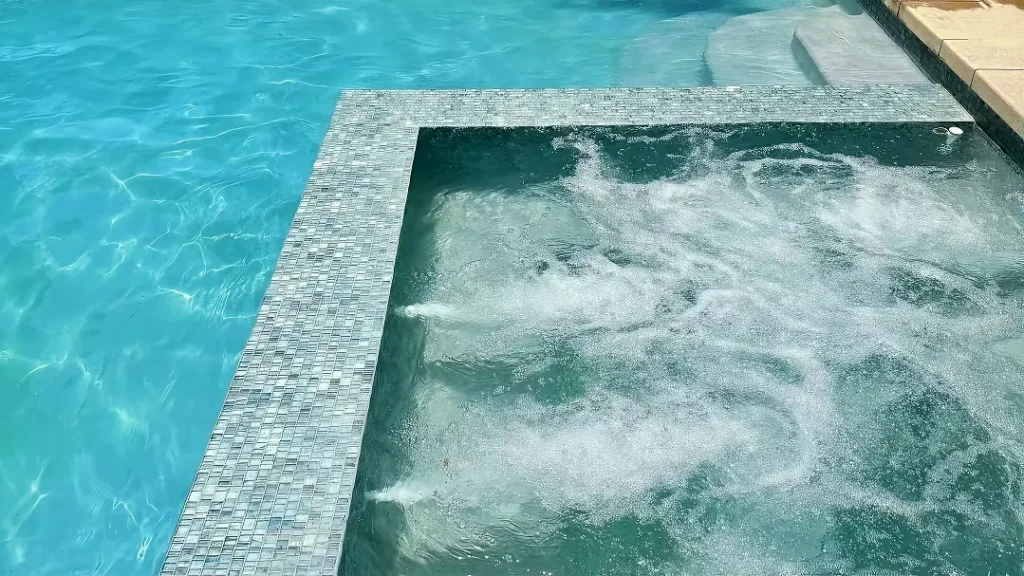
1) Pool Water Monitoring Instruments: The Brain Behind Sanitation
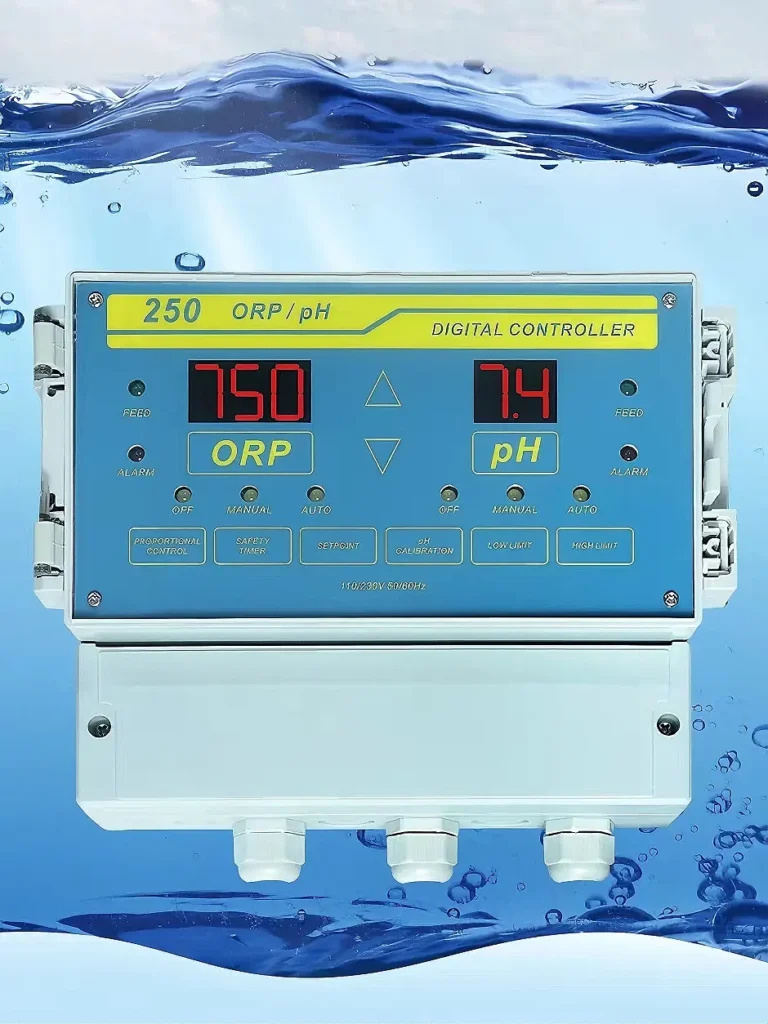
Track and Control pH and ORP in Real Time
At the heart of any intelligent pool water treatment system is a monitoring device that tracks essential chemical parameters, especially:
- pH levels: affecting the effectiveness of chlorine
- ORP (Oxidation-Reduction Potential): a measure of disinfection power
- Free chlorine concentration
Advanced pool water monitors automatically detect changes in water chemistry and relay information to dosing systems or maintenance staff. Some models come with digital displays, remote connectivity, and data logging for precise control.
By keeping chemical levels within target ranges, monitoring systems ensure both swimmer comfort and maximum disinfection efficiency.
2) Chemical Dosing Pumps: Precision and Consistency
Automated Chlorine and pH Control for Stable Water Quality
Manual dosing is inefficient, inaccurate, and time-consuming. That’s where chemical dosing pumps come in. These pumps deliver exact amounts of disinfectant or pH-adjusting agents into the pool based on input from sensors or programmable schedules.
There are different types of dosing pumps:
- Peristaltic dosing pumps: ideal for precision delivery of liquid chemicals
- Solenoid diaphragm pumps: commonly used for pH regulation and chlorine injection
- Metering pumps: suitable for larger commercial systems
Benefits include:
- Consistent water chemistry
- Reduced chemical waste
- Safe handling with enclosed systems
For villa pools, an automatic chlorine pump and pH regulator system can provide worry-free sanitation for homeowners and property managers alike.
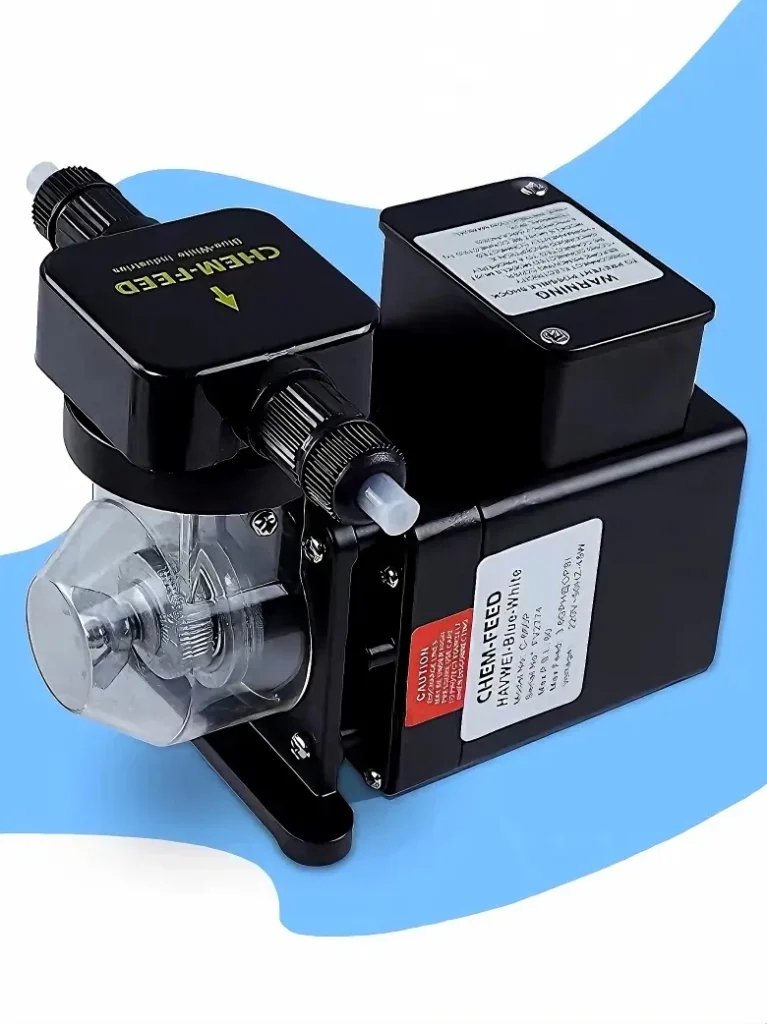
3) Salt Chlorinators: Eco-Friendly Pool Disinfection
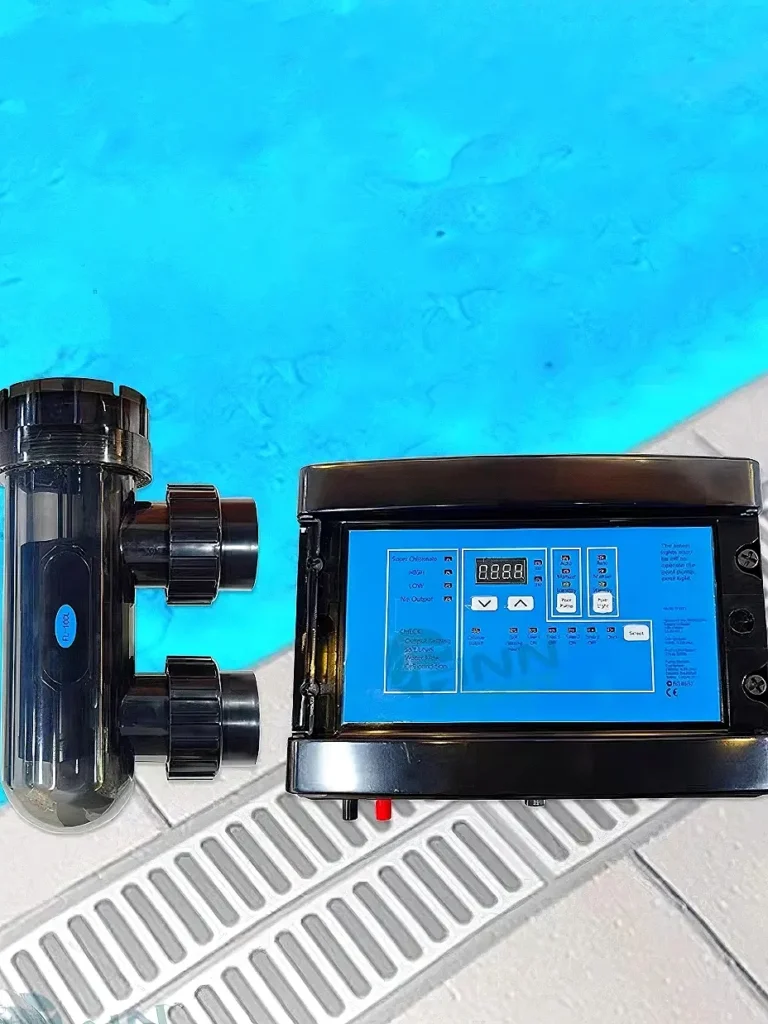
Turn Salt into Sanitizer with Saltwater Chlorination
Salt chlorinators, also known as salt chlorine generators, are popular for their convenience and natural feel. These systems convert dissolved salt (NaCl) in the water into chlorine through electrolysis, providing continuous disinfection without the need for manually adding chlorine.
Advantages of salt chlorinators include:
- Softer water that’s gentle on skin and eyes
- Lower operating costs over time
- Reduced chemical storage and handling
- Environmentally friendly, with fewer harmful byproducts
Saltwater systems are particularly suitable for residential or hospitality pools where user comfort and low maintenance are top priorities.
4) Water Treatment Additives: Enhance Clarity and Stability
Support Pool Disinfection with Clarifiers, Flocculants, and Algaecides
Even with mechanical and electronic systems in place, certain water treatment chemicals play a supporting role in maintaining optimal pool conditions. These pool chemical additives include:
- Clarifiers: help tiny particles clump together so they can be filtered out
- Flocculants: remove suspended solids from cloudy water
- Algaecides: control and prevent algae blooms
- Stabilizers (cyanuric acid): protect chlorine from sunlight degradation
- pH buffers and calcium hardness increasers: balance the overall water chemistry
Using the right additives enhances the performance of your primary disinfection equipment, improves clarity, and reduces the load on filters and pumps.
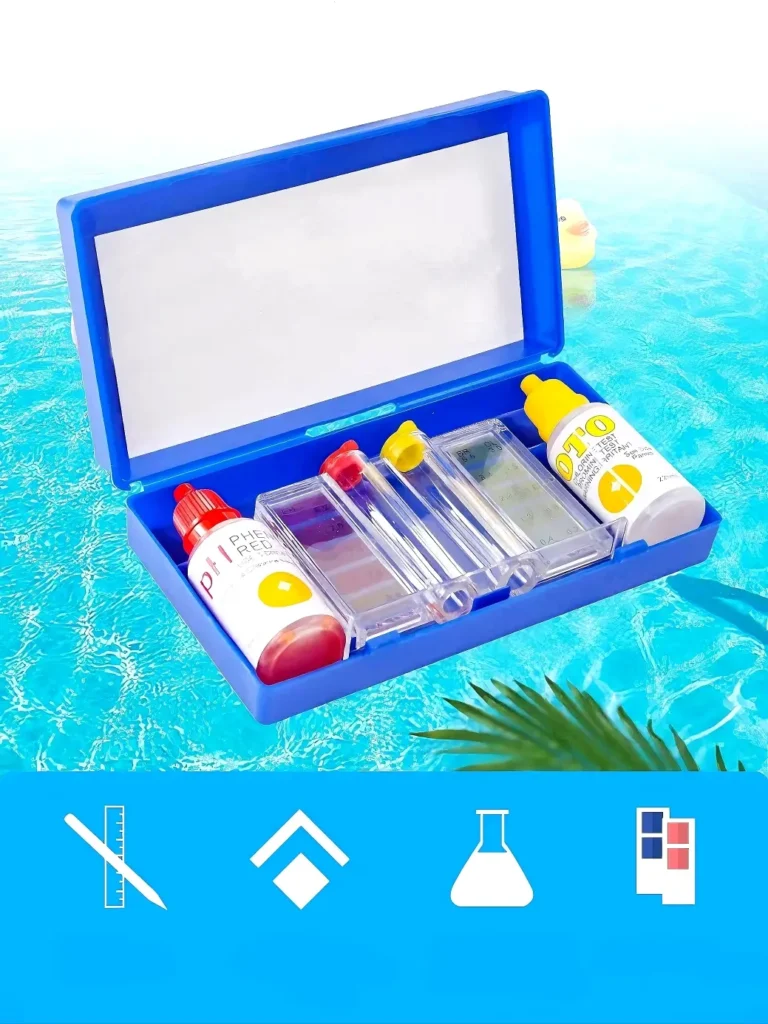
5) Advanced Pool Disinfection Equipment: Ozone and UV Systems
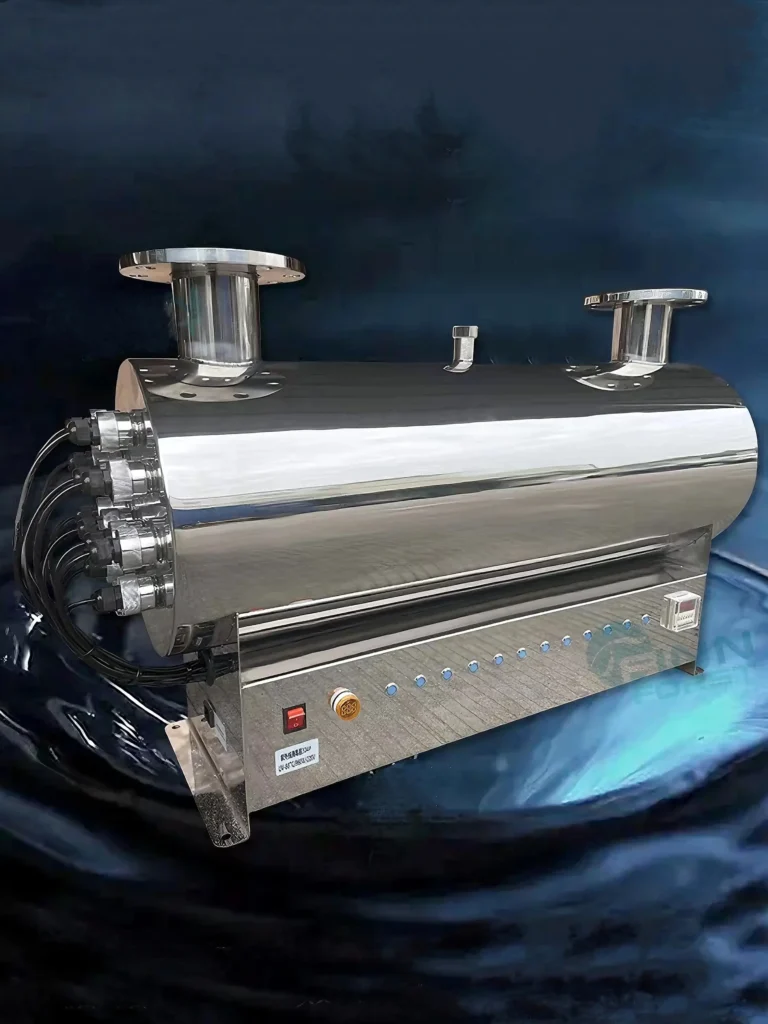
Go Beyond Chlorine for Superior Water Purity
Chlorine and salt chlorination remain industry standards, but for pools that demand the highest level of sanitation, ozone generators and UV disinfection systems offer powerful complementary solutions.
Ozone Pool Systems:
- Produce ozone gas (O₃), a potent oxidizer that destroys bacteria, viruses, and organic waste
- Reduce chlorine usage by up to 70%
- Leave no harmful residue
UV Disinfection Units:
- Use ultraviolet light to neutralize pathogens in water passing through a UV chamber
- Work effectively against chlorine-resistant microorganisms like Cryptosporidium
- Require minimal maintenance and no chemical handling
These systems are often integrated with traditional sanitation to create hybrid disinfection setups—especially in commercial and high-traffic facilities.
6) Pool Chemical Feeders: Simple, Effective Disinfection Delivery
Floating or Inline Feeders for Chlorine Tablets or Sticks
For smaller pools or budget-conscious users, chemical feeders offer a reliable and affordable way to introduce disinfectants into the water.
Two main types are:
- Floating feeders: hold chlorine tablets and float on the pool surface
- Inline feeders: installed in the plumbing line for automatic tablet delivery
These systems are low-cost, easy to use, and ideal for villa pools that don’t require advanced automation. However, they are best supplemented with regular water testing to avoid under- or overdosing.
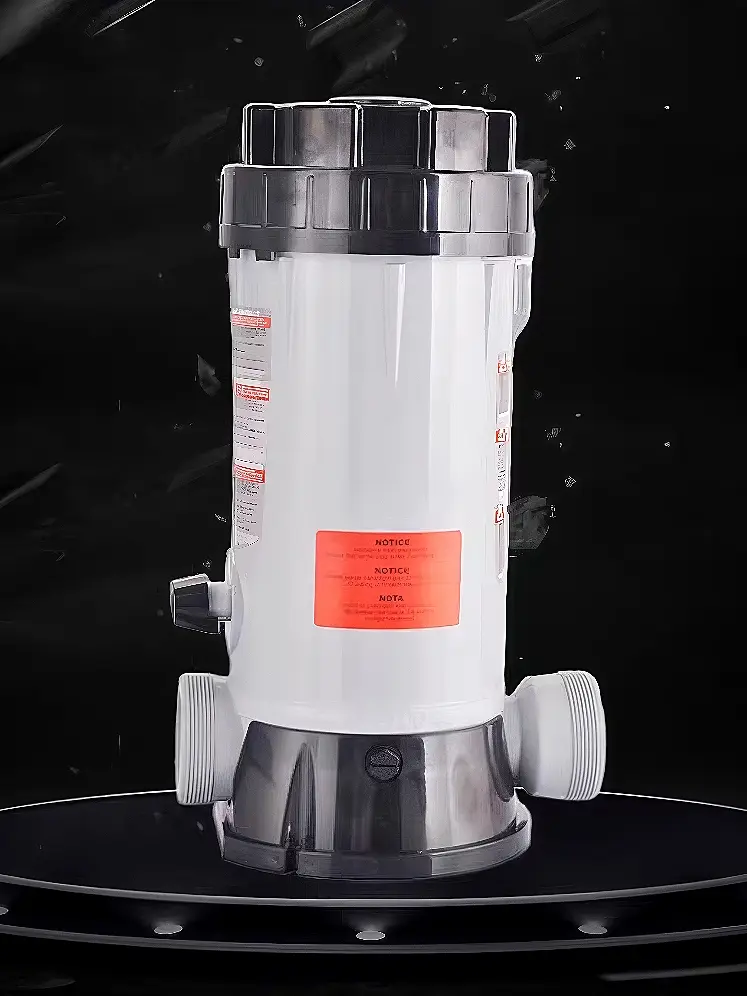
How These Systems Work Together
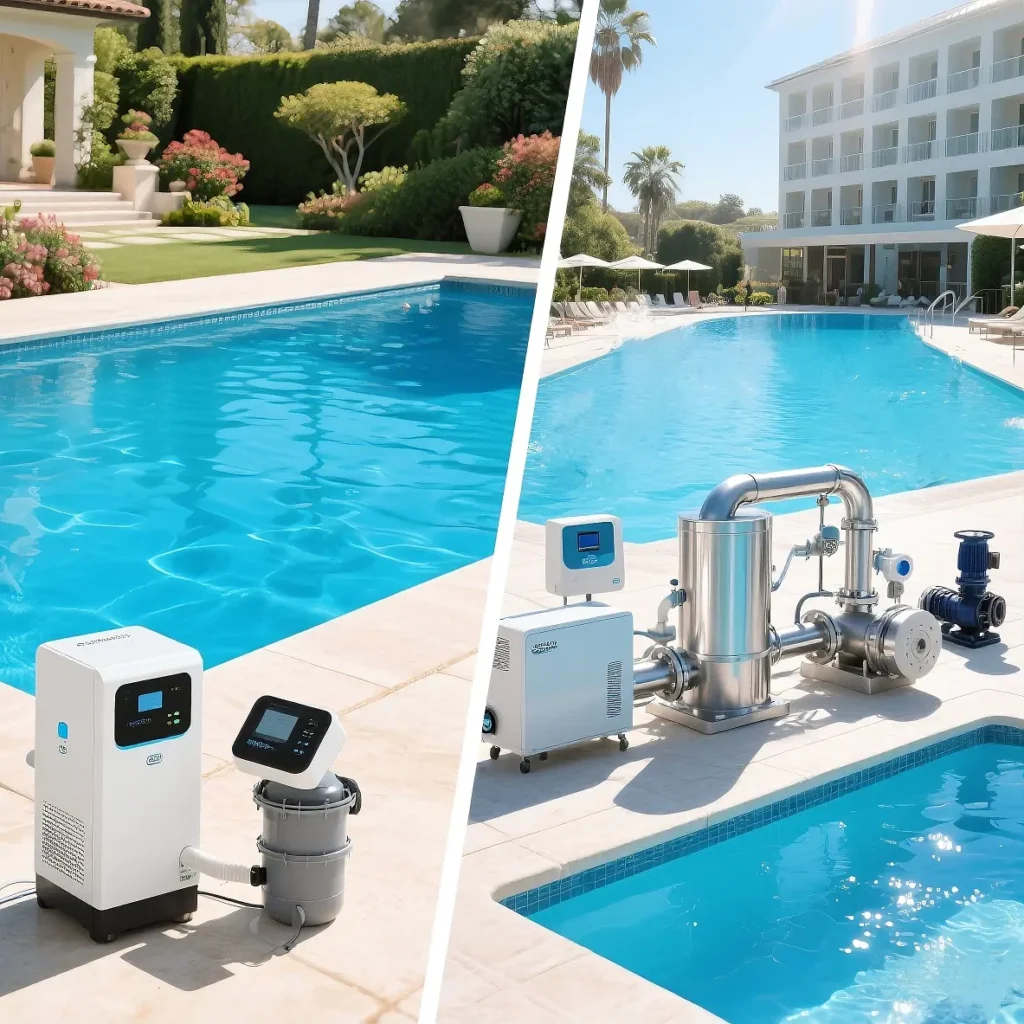
While each component plays a specific role, the power of a modern swimming pool disinfection solution lies in its integration:
- Monitors detect water condition changes
- Dosing pumps respond with precise chemical delivery
- Salt systems or ozone units provide ongoing disinfection
- Feeders and additives handle background sanitation and clarity
- Control systems tie everything together into a smart, efficient ecosystem
This automation reduces operational workload, improves safety, and delivers consistent water quality—all while optimizing energy and chemical use.
Choosing the Right System for Your Pool
The ideal pool disinfection setup depends on several factors:
- Pool size and type (villa, hotel, spa, public facility)
- Desired level of automation
- Climate and usage patterns
- Regulatory requirements (e.g., public health codes)
- Budget for installation and maintenance
For example, a high-end villa pool might combine a salt chlorinator, digital pH/ORP monitor, and clarifier schedule, while a hotel may use a UV + chlorine hybrid system with full PLC control and dosing automation.
Consulting with an experienced pool equipment provider ensures your system is tailored for efficiency, reliability, and long-term value.

Final Thoughts: Invest in a Complete Disinfection Solution
A clean pool is more than just a luxury—it’s a necessity for safety, hygiene, and comfort. With the growing complexity of water chemistry and increased user expectations, traditional methods like manual chlorine addition are no longer sufficient.
By implementing a comprehensive swimming pool disinfection system, you’re not just treating water—you’re creating an environment that feels, looks, and operates better. Whether you manage a private villa or a large commercial facility, the right setup will save you time, lower your costs, and deliver consistently superior results.


